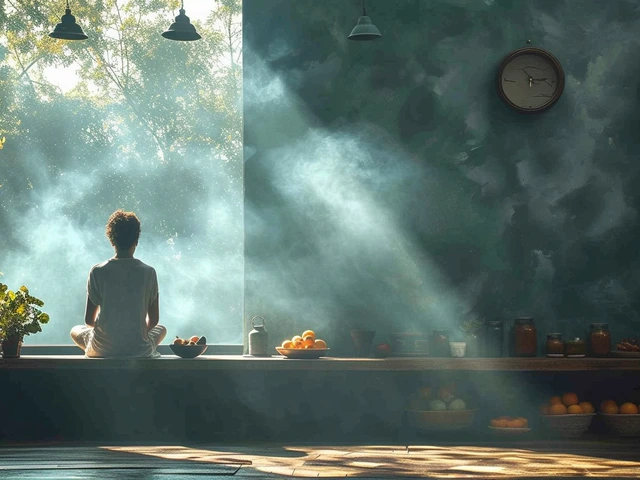Champissage — practical head massage for stress, headaches, and sleep
Champissage, often called Indian head massage, is a simple hands-on method that targets the scalp, neck, shoulders, and face. You can use it to ease tight muscles, quiet a busy mind, and drop into sleep faster. No fancy gear needed — just warm hands, gentle touch, and a few minutes each day.
What makes champissage useful is how it combines steady pressure, rhythmic movement, and spot work on tight points. That combo calms the nervous system, increases local circulation, and helps your body unwind. People use it for tension headaches, sore necks, hair care, and to lower daily stress.
How to do a short champissage at home
Start seated so the person getting the massage is comfortable. Use a light oil if you want — coconut or almond oil warms quickly and smells mild. Work in 10–20 minute blocks: that’s enough to feel a change without tiring your hands.
Step-by-step basics:
1) Warm-up: Place both hands on the shoulders and squeeze gently 6–8 times to release tight traps. 2) Neck: Use thumbs on either side of the spine with slow down-and-out strokes to loosen the neck muscles. 3) Scalp: With fingertips, make small circular motions across the scalp, moving from front to back. Keep pressure steady, not harsh. 4) Temples and forehead: Use light circular pressure on the temples and then smooth the forehead from center to hairline. 5) Finish: Lightly glide both hands from the top of the head down to the shoulders to signal the end.
Keep pressure firm but comfortable. Ask the person how it feels and adjust. If they say it stings or causes sharp pain, ease up or stop that area.
Safety, timing, and who should see a pro
Champissage is low-risk but skip it if there’s open skin, recent head injury, severe migraines, or a contagious scalp condition. People with uncontrolled high blood pressure or certain blood disorders should check with their doctor first. If you want deeper work or have chronic pain, see a trained therapist — they’ll use specific techniques for trigger points and nerve-related pain.
Try it after work, before bed, or during a short break to lower stress quickly. Regular short sessions—3–4 times a week—often works better than rare long sessions. If you’re learning on friends or family, focus on rhythm and clear communication: ask what feels good and what doesn’t.
Champissage is practical, easy to learn, and effective for everyday tension. Use it as a fast reset for your head and shoulders, and pair it with simple breathing or a warm shower to get even better results.

Champissage: Dive Into the Soothing Indian Head Massage
Champissage, also known as Indian head massage, offers a unique approach to relaxation and stress relief, focusing on the head, neck, and shoulders. This practice combines ancient Indian techniques with modern therapy, promoting physical and mental well-being. People often report feeling more relaxed and focused after a session. Incorporating champissage into your routine can alleviate tension and improve overall quality of life.

Stress Reduction: Transform Your Life Today
Dec, 5 2023



